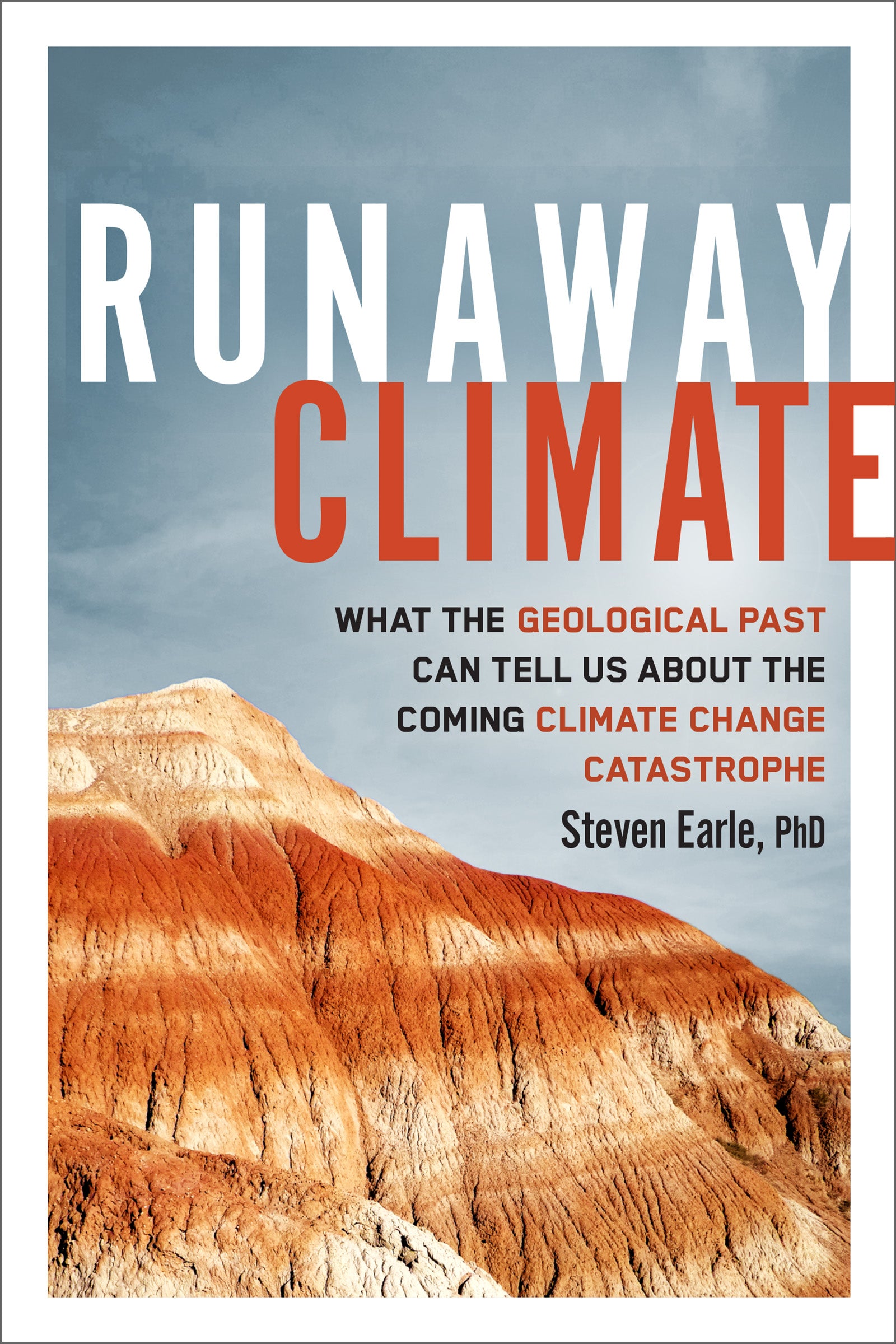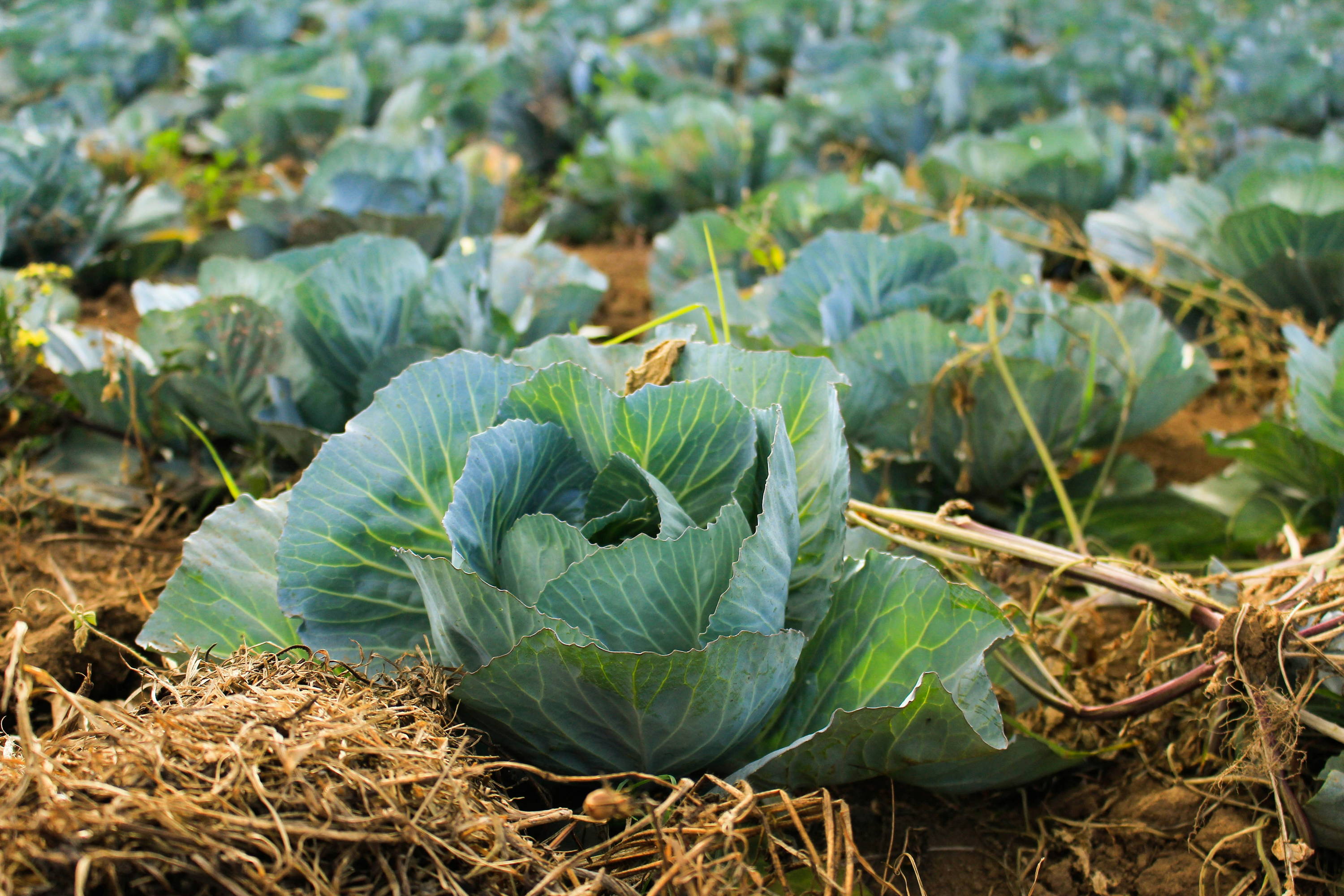It's easy to feel overwhelmed by the constant stream of reports about extreme weather and climate events, often labeled as 'unprecedented.' However, Steven Earle's book, Runaway Climate, takes a step back to explore a significant event from Earth's past: the Paleocene Eocene Thermal Maximum (PETM). By delving into this historical period of rapid climate change, Earle sheds light on the potential impacts of similar phenomena on our planet today, particularly focusing on the oceans. But you might be wondering, how does this relate to me? Whether you're an avid swimmer, sailor, or simply someone who lives near the coast, the ocean plays a crucial role in all our lives. For example, it provides a significant portion of the world's oxygen, regulates the global climate by absorbing and distributing heat, and supports a vast array of biodiversity, including a major source of food for millions of people worldwide. In this blog post, we'll examine three key ways in which the ocean is currently undergoing change: temperature, acidity, and sea levels.
More Blogs from New Society Publishers
Climate Week 2023: COVID-19’s Surprise Positive Impact on Climate
How Do I Cope with Climate Anxiety?
Harness the Power of Permaculture to Redesign Your Life for Resilient Living
Where We Are Heading If We Don’t Change Course
Ocean Water Temperature
We have already seen an increase of global average sea-surface temperatures of just under 1°C. According to the IPCC Sixth Assessment Report (2021), it is likely that sea surface temperatures will increase to 2° to 3°C above pre-industrial levels by the end of this century entirely due to expected anthropogenic warming, with even greater increases (more than 4°C) in some Arctic regions. The deeper ocean is also already warming, but that process will be much slower than surface warming. During the PETM, the ocean surface waters warmed by up to 8°C (figure 4.1), and eventually strong warming extended to even the deepest waters. That amount of ocean warming had significant implications for major storm systems—such as tropical cyclones—that get their energy from warm water, and for increased intensity of rainfall, reduced deeper-ocean oxygen levels, destruction of coral reefs, and significantly reduced productivity of marine ecosystems. Even with just a single degree of surface ocean warming, tropical storm numbers, intensity, duration, and destructiveness have increased. Over the remainder of this century, the proportion of cyclones that reach category 4 and 5 is expected to be greater still, and there will be much more rainfall on land. Under a PETM scenario, even stronger tropical storms will contribute to more severe destruction of near-coast regions than already seen or even forecast. There will also be severe inland flooding from tropical storm rainfall, including mega-storm events that recontour the terrain over huge areas, as happened in southern Europe during the PETM (chapter 5). The deeper parts of the oceans are already becoming depleted in oxygen as a result of anthropogenic climate change, firstly because warming is slowing deep-ocean circulation patterns and secondly because oxygen is less soluble in warm water than in cold water. This effect is expected to increase in coming decades, and even more under a PETM scenario. These lower oxygen levels in the moderate and deep parts of the ocean will have implications for all ocean life. Coral reef communities are particularly vulnerable to ocean warming, and reef mortality has been happening over large areas during very warm years since the 1980s. The projections for reef health over the next several decades are dire; 50% of reefs are already seriously bleached and degraded (figure 8.1), and it is expected that 90% will be lost by 2050. Loss of reefs will seriously reduce habitat for a huge range of marine organisms, will contribute to marine oxygen depletion, and will result in much greater damage to shorelines by storm events. As we saw in chapter 4, reef communities were extirpated from a vast area during the PETM; we could expect that to be repeated in a future PETM-like world. Warming water has overall negative impacts on ocean productivity for two main reasons: many species do not thrive in warm water, and warm water holds less oxygen than cold. It is projected that total marine animal biomass will decline between 15% and 30% due to warming in all tropical and temperate ocean bodies over the next 75 years; PETM conditions will make this much worse, although the smaller areas of polar ocean might see biomass increases during that time.
Ocean Water Acidity
An increased atmospheric CO2 level leads to increased acidity of the oceans because a large proportion of atmospheric CO2 gets dissolved in the ocean and is converted to carbonic acid. That phenomenon has been observed over the past several decades and is projected to increase in the coming decades. This is consistent with the PETM, when there was a pronounced shallowing—by over 2,000 meters—of the depth at which calcium carbonate became soluble in the ocean because of increased acidity. All marine organisms that make hard parts of calcium carbonate will be affected by its increased solubility as acidity increases. Small organisms with thin shells are likely to be affected first, especially those living at high latitudes. One example is the sea butterfly (Limacina sp.) which lives in both north and south polar oceans. Limacina has a thin, nearly transparent shell and has been shown to build significantly thinner and weaker shells under conditions that approximate the acidity of near future oceans.
Further increased acidity will affect tens of thousands of calcium carbonate-dependant marine species—some of them too small to see. These species are a critical part of the ocean’s food web.
Sea-level Rise Warming
Ocean water and melting glaciers both contribute to sea-level rise. We have already seen about 20 centimeters of global sea-level rise, and the rate of increase is also increasing. We can expect sea level to be higher by between 100 and 200 centimeters by the end of this century. The problem with future and PETM-scenario sea-level rise is that there are likely to be episodes of very rapid sea-level rise due to the episodic collapse of Greenland and Antarctica ice sheets. We are currently witnessing vast areas of floating ice break off from Antarctica and Greenland, and while those don’t contribute to sea-level rise (because the ice is already in the water), they make the large glaciers behind them more vulnerable to rapid seaward advance, and therefore to the potential for sea-level rise many times faster than we are currently observing. An example of that is the vulnerable Thwaites Glacier in Antarctica, which is being temporarily held back by floating ice shelves and under-ice topography.
Steven Earle
Steven Earle, PhD, has developed and taught university earth science courses for over four decades. He is the author of A Brief History of the Earth's Climate and the widely used textbook Physical Geology. A dedicated community activist, he champions climate change solutions in areas such as low-carbon transportation, home heating, and land stewardship.








